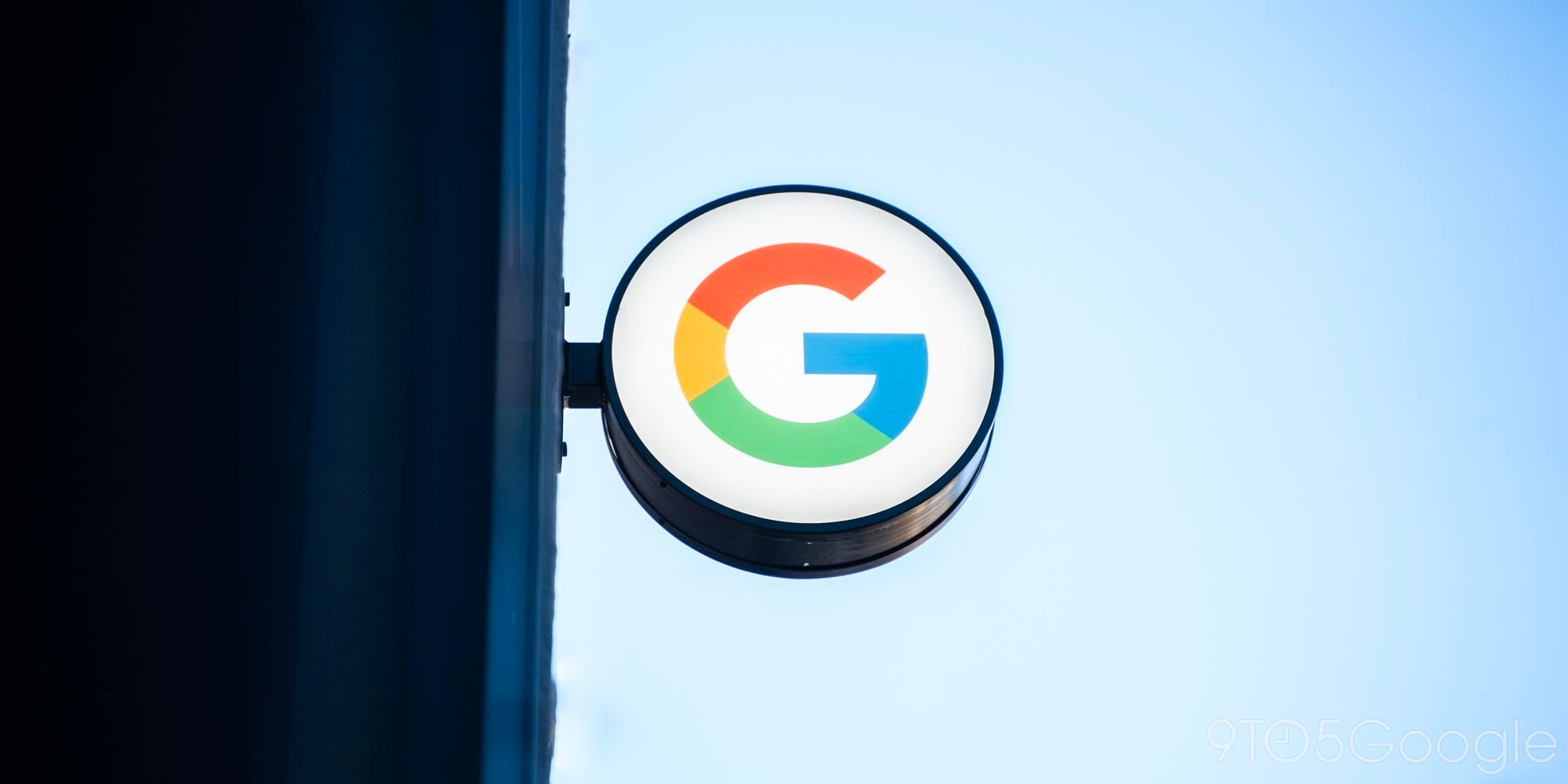Hacked Android Marshmallow build now available for Nexus S, here’s how to install it

Several old Nexus devices just don’t support Android 6.0 Marshmallow (and many never will), and that has left some owners of older phones feeling left out. But now, owners of the 2010 (yep, 5 years old) Nexus S might be glad to hear that one developer has managed to put together a build of Marshmallow for the phone. It’s definitely at your own risk, but you can now install this hacky unofficial build of Marshmallow with a little know-how, and here’s how to do it…
Expand
Expanding
Close

